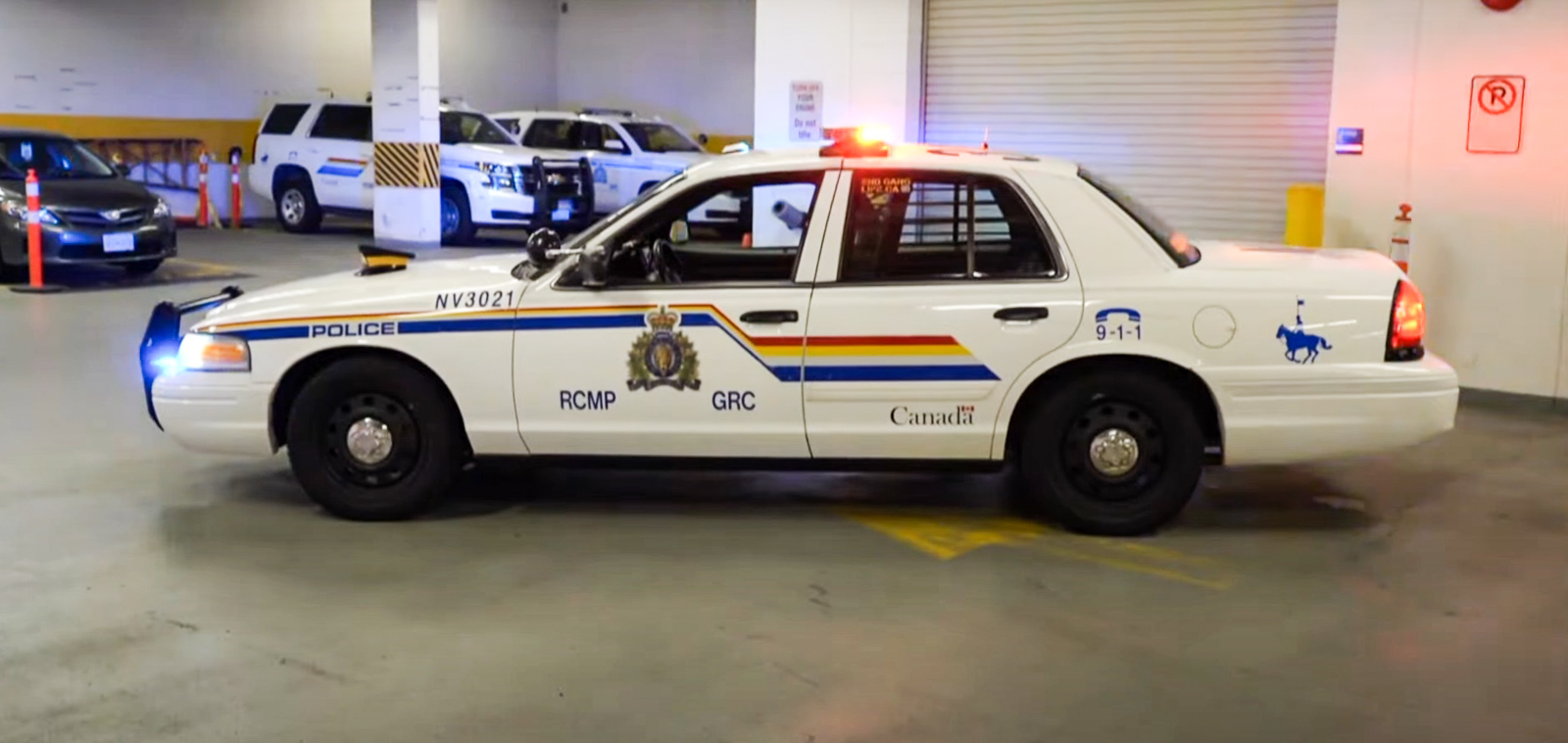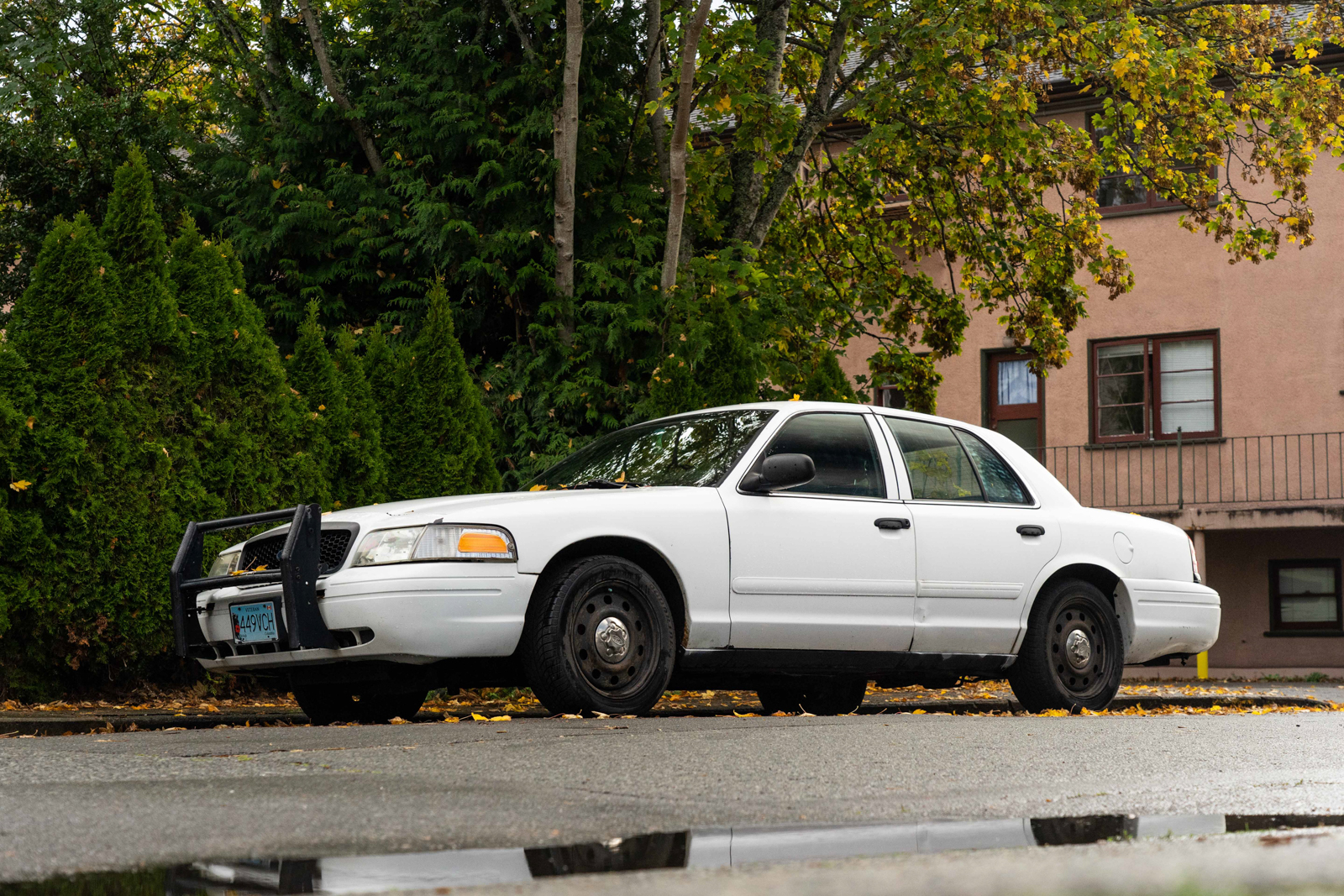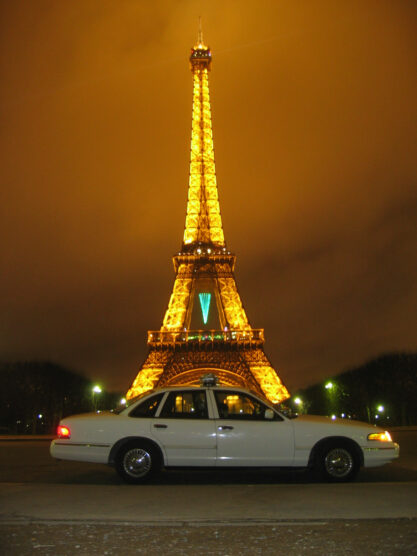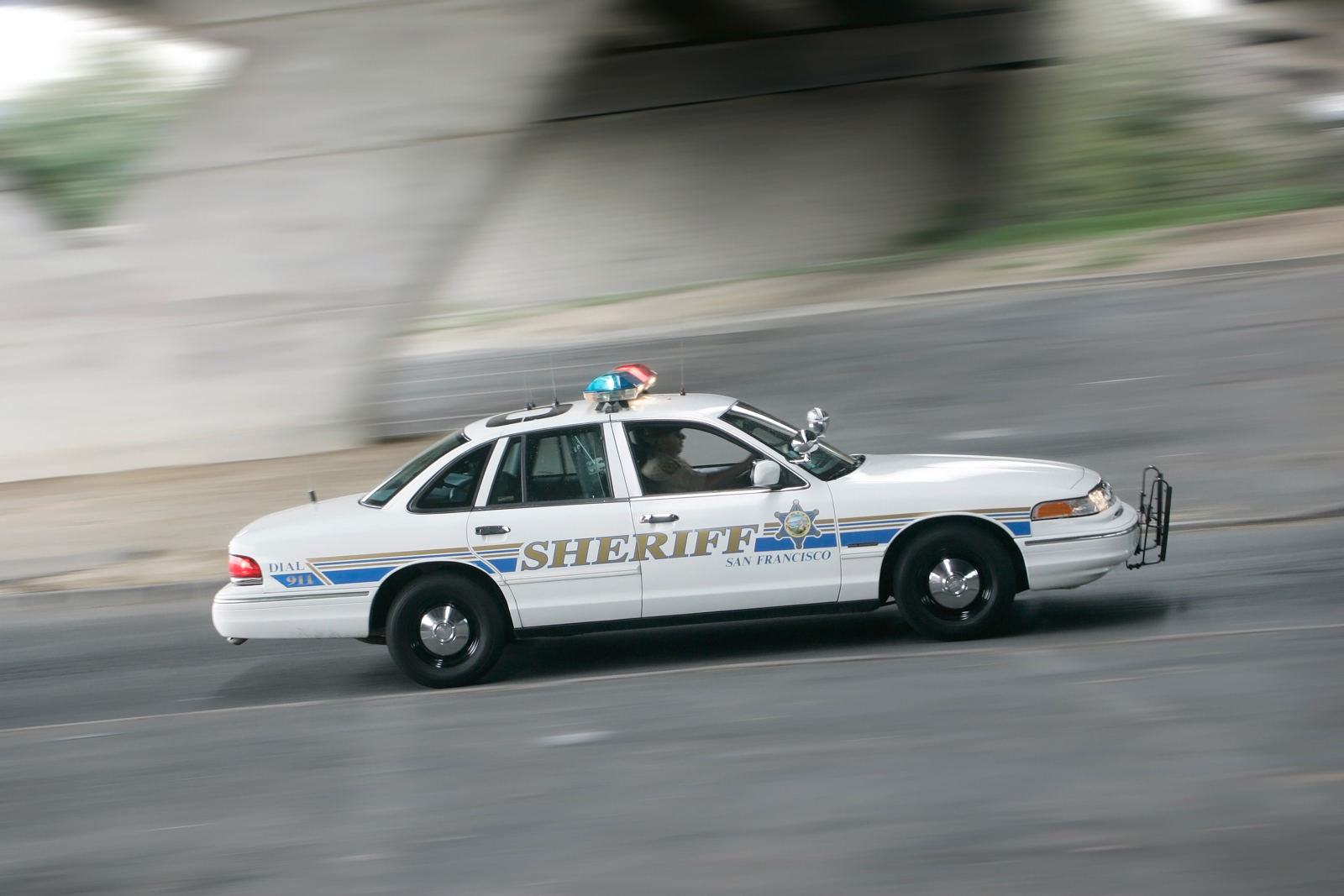“As a rookie, you were kind of expected to take the Crown Vic,” says Constable Mansoor Sahak, media relations officer for the North Vancouver RCMP. “I’ll never forget the sound of that engine, rushing to a high-profile call. You don’t get that with the new ones.”
Unit NV3021, the last Ford Crown Victoria in the North Vancouver RCMP’s fleet, has been put out to pasture, the growl of its 4.6-litre V8 silenced forever. To pay tribute to the faithful old steed, Constable Sahak and his fellow officers made a lighthearted video, standing around “CV” as they would a retiring coworker, telling stories about past patrols. The time you got stuck on a snowy hill. Sorry about the coffee stains on your seats.
“For many people, when they think of a police car, they think of a Crown Vic,” Sahak says in the video. “And for our officers, it’s kind of like a second home to them. And so it’s bittersweet.”
RCMP regulations for patrol vehicles set a retirement date of 10 years of service or 180,000 kilometres. With the last Crown Victorias built by Ford in 2011, only a handful of cars remain in the RCMP’s national fleet. Once a familiar silhouette that made many a driver double-check the speedometer—just to be on the safe side—the Crown Vic police cruiser has now been almost completely supplanted by patrol vehicles based on the Ford Explorer and Dodge Charger.
The choice is pragmatic. A patrol vehicle is just as much a tool as a radio or a citation pad, and there’s not much room for sentimentality when on the beat. A young rookie stirring up that 250-horsepower V8 (shared with the Mustang GT of the same era) might be tempted to hum the Dukes of Hazzard theme under their breath. After a bit more experience with the day-to-day of law enforcement, though, more practical considerations come first. Constable Sahak points out that the Crown Vic sits low in modern traffic made up of SUVs and crossovers, impeding simple spot-checks for distracted driving.

The last Crown Victoria in the North Vancouver stable, from an RCMP tribute video.
In its prime, the Crown Victoria Police Interceptor was a workhorse without peer. In the 1960s, ’70s, and ’80s, a variety of police vehicles roamed the streets both north and south of the border. But in 1996, Chevrolet pulled the plug on its Caprice full-size sedan, and suddenly there was only one car for the job. Never mind Robocop’s Taurus, Ford’s 20-year contribution to policing would be a slightly old-fashioned rear-wheel-drive sedan, built at the St. Thomas Assembly plant in Southwold, Ontario.
Unlike the unibody construction and crash-protection considerations of modern passenger cars, the guts of the Crown Victoria make it a tough cop. Like a pickup truck, the Crown Vic’s body is built on top of a ladder frame. With the body off, the engine and transmission sit inside a square of thick metal girders. Modern passenger cars are designed to crumple to absorb energy. The Crown Vic’s spine looks like it could punch through a wall.
Ford called this chassis, which dates back to the 1970s, the Panther platform. It could be found underneath the Lincoln Town Car and many a yellow New York City taxicab—tough but easy to repair. The Panther’s construction was a throwback, but it could put up with an incredible amount of daily damage.
Rigged up with a lights and siren package, onboard radios and (later) computers, and a backseat ready to corral miscreants, the Crown Victoria Interceptor was an ideal tool for the job. In high-speed pursuits, it could drive over curbs and box in a getaway car, and then be hammered back into shape quickly. Patrol cars don’t get to take a shift off, and their working life is brutal. The Crown Vic, as hard-boiled as a detective in a John Woo movie, shrugged off the abuse.
The first Crown Victoria Interceptors went into service in 1992, taking over from the boxy but faithful Ford LTD. Technically, there are two generations of Crown Vic, the latter rolling off the line in 1998, but most changes were cosmetic. For two decades, this familiar shape registered to the human brain as Police Car—even if a second look revealed a nice old grandmother in a very similar Mercury Grand Marquis, dawdling slowly to church on a Sunday.

A decommissioned Crown Victoria on the street in Victoria, B.C. Photo by Brendan McAleer.
Even where the Crown Victoria was not ubiquitous, it had legions of fans. After all, on any domestically produced cop drama, Crown Vic Interceptors racked up minutes as background extras. There is something oddly tantalizing about foreign police cars, and Crown Victorias have made their way across both the Pacific and the Atlantic.
This specimen, decalled up as a San Francisco sheriff’s patrol car, lives just outside Paris, France. A decommissioned police car, it was bought in 2003 by Greg Lartilleux when he was a student living in California. With the help of his brother, he later imported it into France.
It was then fitted with the San Francisco police insignia, which is perfect legal—there are, after all, no sheriffs in France. But this doesn’t stop Lartilleux getting pulled over by les gendarmes constantly. The officers aren’t writing tickets; they just want to sit in the Crown Vic, have their photos taken, and perhaps dream of being on NYPD Blue instead of patrolling le Boulevard Périphérique.

A Crown Victoria far from home. Photo by Greg Lartilleux.
For NV3021, no such soft retirement awaits. New guidelines introduced after the 2020 mass shooting in Nova Scotia, in which a replica police cruiser was used, direct all decommissioned patrol vehicles to be completely scrapped. NV3021 is bound for the crusher.
A new Ford Explorer-based Interceptor will be stepping in to take its place. The RCMP have increasingly turned towards crossovers for the same reason the public has: greater carrying capacity, comfort, and safety. The Crown Victoria was a tough old machine, but it was vulnerable in side-impact collisions. The new Interceptors are much better tools for the job.
But with so many produced over the years, there are still plenty of ex-police Crown Victorias out on the roads. Rugged and a little rough around the edges. Tough as nails, but maybe not up to the job of modern policing anymore. Having handed in its badge and gun, but kept the V8.









